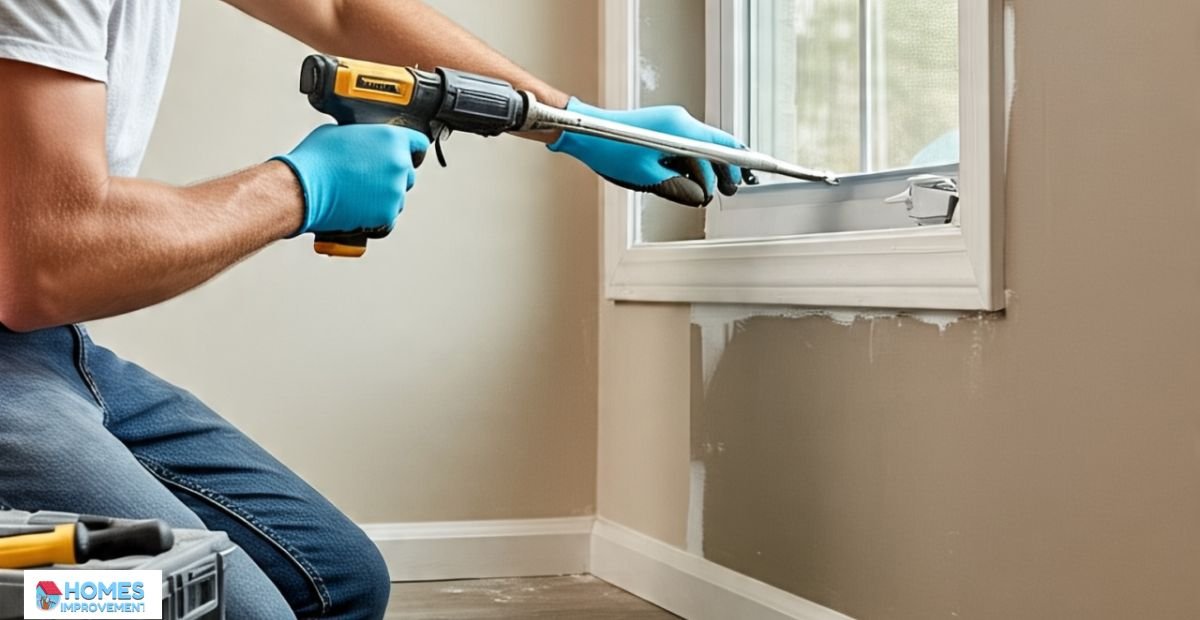Easy Tips for Sealing Gaps in Your Home

Gaps and cracks around your home can lead to drafts, higher energy bills, and even pest infestations. Fortunately, sealing these openings is a simple DIY project that can make your home more comfortable and energy-efficient. Here are some easy tips to help you identify and seal gaps effectively.
1. Locate the Problem Areas
Before you start sealing, inspect your home for common gap locations:
- Windows & Doors: Check for drafts around frames
- Baseboards & Floors: Look for cracks where walls meet flooring
- Attic & Basement: Examine areas where pipes or wires enter
- Exterior Walls: Inspect siding, vents, and foundation
Use a flashlight at night or hold a lit candle near suspected gaps—if the flame flickers, you’ve found an air leak.
2. Choose the Right Sealant
Different gaps require different sealing materials:
- Weatherstripping: Best for movable parts like doors and windows
- Caulk: Ideal for stationary gaps (window frames, baseboards)
- Spray Foam: Great for large gaps around pipes or wiring
- Cork Sealant: A natural, flexible option for irregular gaps
For an eco-friendly solution, cork sealant is excellent—it’s durable, moisture-resistant, and blends well with wood surfaces.
3. Seal Windows & Doors
Drafty windows and doors are major energy wasters. Here’s how to fix them:
- Apply weatherstripping (adhesive foam or V-strip) around movable parts
- Use silicone caulk for stationary gaps in frames
- Install door sweeps at the bottom of exterior doors
4. Fill Gaps in Floors & Walls
Small cracks in baseboards or flooring can let in cold air and dust:
- Use paintable caulk for gaps between walls and trim
- Apply rope caulk for temporary fixes in rental homes
- Install quarter-round molding to cover larger floor gaps
5. Don’t Forget the Attic & Basement
Heat escapes easily through unsealed attic and basement spaces:
- Seal around pipes, vents, and ducts with spray foam
- Use rigid foam board for large gaps in basement walls
- Add insulation to attic access doors
6. Seal Exterior Gaps
Prevent pests and drafts from entering through the outside:
- Caulk gaps around exterior windows, doors, and siding
- Install mesh screens over vents and chimneys
- Repair cracks in the foundation with hydraulic cement
7. Maintain Your Seals Over Time
Sealants can wear out, so check them annually:
- Reapply caulk if it cracks or peels
- Replace weatherstripping every few years
- Touch up spray foam if it degrades
Final Thoughts
Sealing gaps is a quick, affordable way to improve your home’s comfort and energy efficiency. Whether you use weatherstripping, caulk, or cork sealant, addressing these small openings can lead to big savings on heating and cooling costs. Plus, you’ll keep dust and pests out while making your home cozier.
With these easy tips, you can tackle gaps in just a few hours—no professional help needed. Grab your sealant and get started today!
If you need more information, click on this link.





